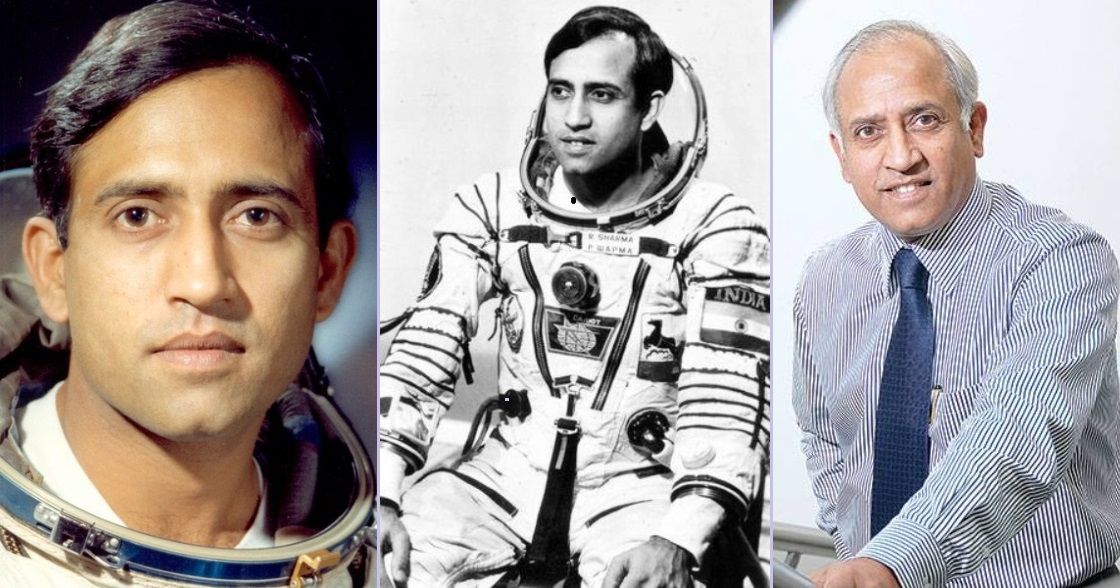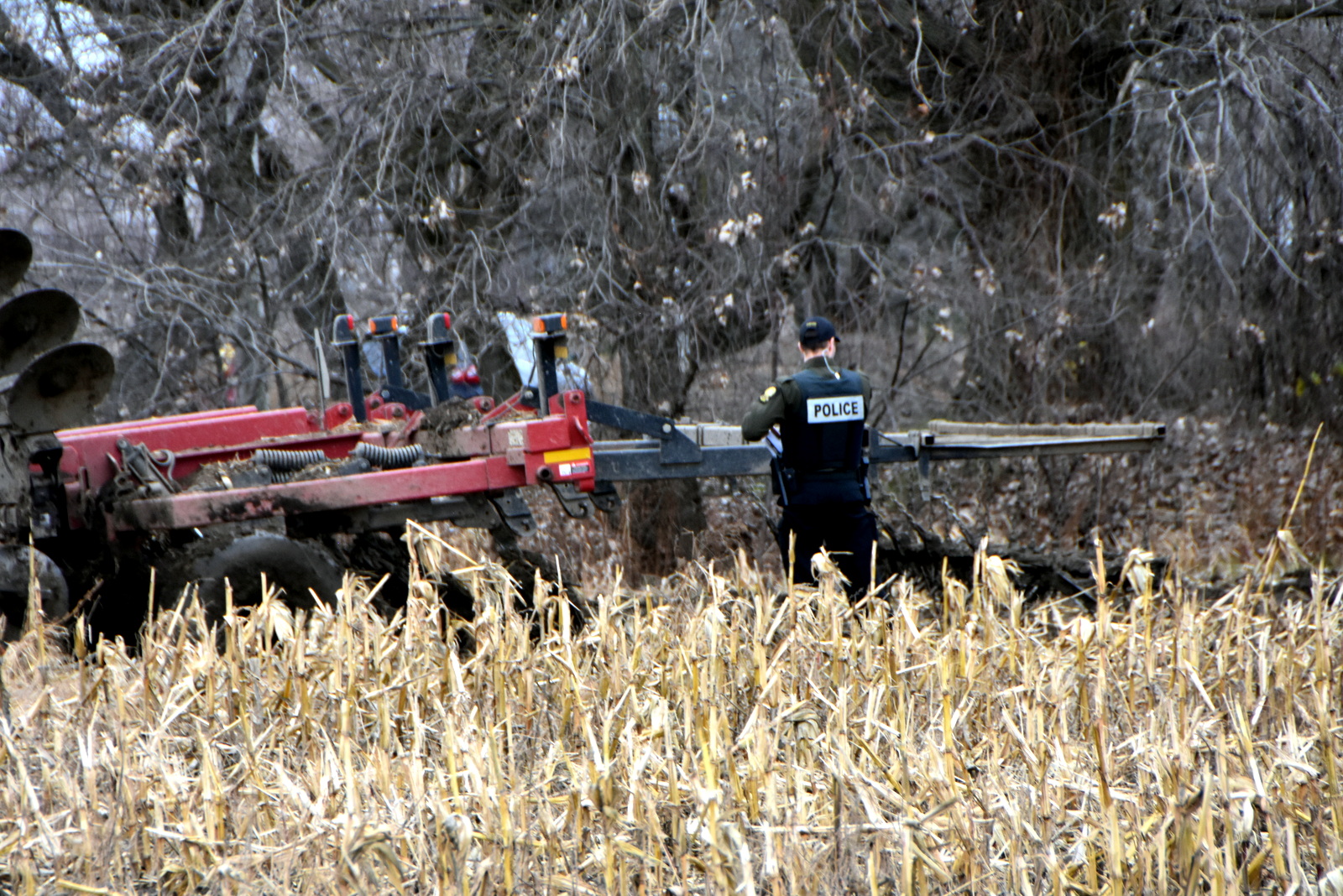Rakesh Sharma: India's First Astronaut - His Life And Career After Space

Table of Contents
Rakesh Sharma's Path to Space: From Test Pilot to Cosmonaut
Rakesh Sharma's journey to the stars began not in a classroom, but in the skies. Born on January 13, 1949, he embarked on a distinguished career in the Indian Air Force after graduating from the National Defence Academy. His exceptional piloting skills and unwavering dedication quickly propelled him through the ranks, eventually becoming a highly skilled test pilot. This rigorous training, demanding both physical prowess and mental fortitude, laid the foundation for his future endeavors in space.
His selection for the ambitious Indo-Soviet space mission was a testament to his abilities. The selection process was intensely competitive, attracting the cream of India's Air Force pilots. His selection was a major step in the history of India's space program.
- Rigorous training undertaken in the Soviet Union: Months of intense physical and mental preparation were undertaken at Star City, near Moscow, focusing on survival techniques, space maneuvers, and equipment operation.
- Physical and mental preparation for space travel: The training regime included extensive simulations, centrifuge training to withstand high G-forces, and psychological assessments to prepare for the isolation and pressure of space travel.
- Selection process and the intense competition: Hundreds of skilled pilots competed for this once-in-a-lifetime opportunity, highlighting the exceptional qualities required to become an astronaut.
Soyuz T-11 Mission: A Historic Feat for India
The Soyuz T-11 mission, launched on April 3, 1984, etched Rakesh Sharma's name into history. Alongside Soviet cosmonauts Yuri Malyshev and Gennady Strekalov, he journeyed to the Salyut 7 space station, marking India's first foray into human spaceflight. The mission was more than just a trip to space; it involved a range of scientific experiments and observations.
- Duration of the mission in space: The mission lasted eight days, during which Rakesh Sharma conducted various scientific experiments and observations.
- Experiments conducted onboard Salyut 7: These experiments focused on remote sensing, materials science, and other areas of scientific research relevant to space exploration.
- Challenges faced during the space flight: The mission wasn't without its challenges; adapting to the zero-gravity environment, managing equipment malfunctions, and maintaining physical and mental well-being were all part of the astronauts' daily routine.
- Famous quote from Rakesh Sharma upon viewing India from space: Upon seeing India from space, Rakesh Sharma famously said, "Saare Jahan Se Achchha," a line from a patriotic Indian song, expressing his immense pride for his nation.
The Impact of the Mission on India's Space Program
The Soyuz T-11 mission had a profound and lasting impact on India's space program. It ignited national pride, boosted morale, and inspired a new generation of scientists and engineers to pursue careers in space exploration. The success of the mission led to increased investment in space research and development, paving the way for India's ambitious space endeavors in subsequent decades.
- Boost to national morale and scientific aspiration: The mission served as a powerful symbol of national achievement, inspiring a sense of pride and ambition across the country.
- Inspiration for future generations of scientists and engineers: Rakesh Sharma became a role model for aspiring scientists and engineers, showcasing the possibilities of human spaceflight.
- Technological advancements spurred by the mission: The mission provided invaluable experience and knowledge, driving advancements in various technologies related to space exploration.
Rakesh Sharma's Life and Career After Space
Following his historic spaceflight, Rakesh Sharma continued to serve with distinction in the Indian Air Force, holding various key positions. His expertise and experience in space exploration were invaluable assets in shaping the future trajectory of the Indian space program. He received numerous awards and recognitions for his contributions to science and the nation.
- His roles within the Indian Air Force after the mission: He continued to serve in various high-ranking positions within the Air Force, contributing his leadership and experience.
- Any positions held in government or private organizations: After retiring from the Air Force, he took on various roles, often acting as an advisor and ambassador for space exploration.
- Awards and recognitions, including civilian honors: He received the Ashoka Chakra, India's highest peacetime military decoration, among other prestigious awards.
- His advocacy for space exploration and STEM education: Rakesh Sharma has been a strong advocate for promoting STEM education, inspiring young people to pursue careers in science and technology.
Conclusion
Rakesh Sharma's journey, from a skilled pilot to India's first astronaut and beyond, is a testament to his exceptional skills, unwavering dedication, and profound patriotism. His mission to space marked not only a pivotal moment for India's space exploration but also paved the way for future advancements, inspiring generations to reach for the stars. His legacy continues to inspire, reminding us of the power of human ambition and the importance of national pride. Learn more about the inspiring life of Rakesh Sharma and the profound impact he has had on India’s pursuit of space exploration. Continue exploring the legacy of Rakesh Sharma, India's first astronaut, and discover more about the incredible achievements of this national hero.

Featured Posts
-
 Post 2025 Nhl Trade Deadline Playoff Predictions And Analysis
May 09, 2025
Post 2025 Nhl Trade Deadline Playoff Predictions And Analysis
May 09, 2025 -
 The Elizabeth Line A Review Of Wheelchair User Experiences
May 09, 2025
The Elizabeth Line A Review Of Wheelchair User Experiences
May 09, 2025 -
 Jessica Tarlov Critiques Jeanine Pirros Pro Trade War Stance On Canada
May 09, 2025
Jessica Tarlov Critiques Jeanine Pirros Pro Trade War Stance On Canada
May 09, 2025 -
 Putins Victory Day Ceasefire A Temporary Truce
May 09, 2025
Putins Victory Day Ceasefire A Temporary Truce
May 09, 2025 -
 Dijon Rue Michel Servet Explication D Un Accident Impliquant Un Vehicule Et Un Mur
May 09, 2025
Dijon Rue Michel Servet Explication D Un Accident Impliquant Un Vehicule Et Un Mur
May 09, 2025
